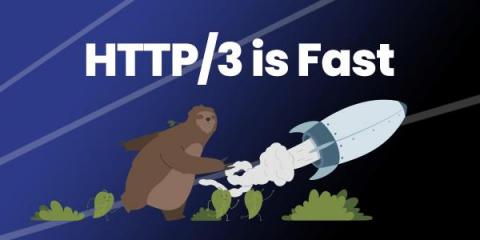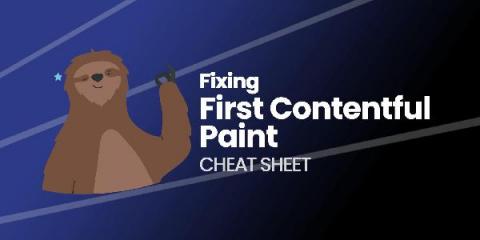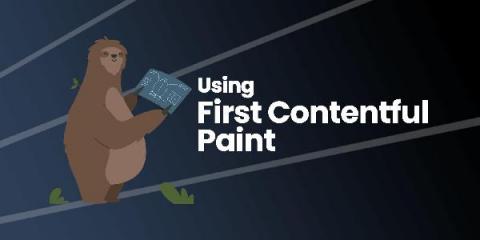Using Brotli Compression in NGINX
Brotli is gaining steam as the compression algorithm du jour for high performance websites. Created back in 2013 by Google to decrease the size of WOFF files, Brotli was standardized in 2016 as part of RFC 7932. The sales pitch for Brotli is better compression than Gzip - with similar CPU usage. Better compression leads to faster performance, but how much better is it?











